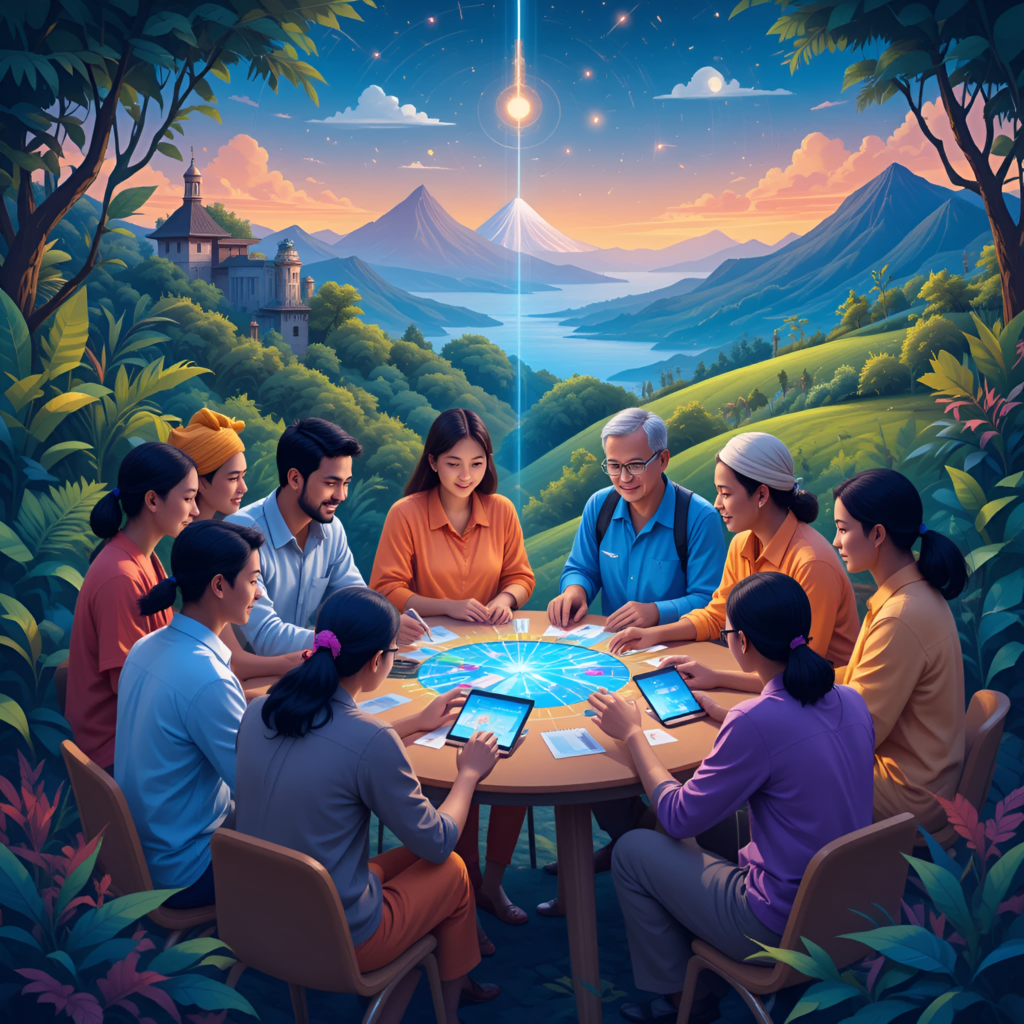By
Paula Delgado Hernández – Student, University of La Laguna (Spain)
Participating in the ETH-TECH competition has been an opportunity to bring together two worlds that I am passionate about: education and ethics in technology. My proposal, Educating with Ethics: Visualizing Dilemmas of the Digital World, was born out of a desire to make visible the dilemmas we face in the digital age, not through inaccessible technical language, but through images that invite reflection and dialogue.
It is undeniable that the vast majority of teachers view artificial intelligence as a useless resource, due to its generative nature, which borders on ethical issues surrounding appropriation and copyright. However, I find it impossible not to appreciate the creative and innovative virtues it brings to the education system, always with a certain degree of moderation and a clear ethical system of use.

The journey to become part of this competition began with an in-depth reading of the concepts of the Eth-Tech framework, which I then transformed into visual metaphors. Before using artificial intelligence, I made mental sketches and designed detailed prompts that mixed philosophy, pedagogy, and art. With the PicLumen tool, I generated multiple versions until I achieved a coherent aesthetic: warm, critical, and poetic. The selection criteria were not only the beauty of the image, but also its ability to raise ethical and emotional questions in the viewer.
My main inspiration was the need to humanize the debate on technology. Innovation is often discussed in terms of technical or economic indicators, but rarely in terms of its impact on everyday life, culture, and nature. I wanted to represent that tension: modern classrooms surrounded by devastated landscapes, algorithms that decide who is accepted or rejected, screens that standardize cultural diversity. But I was also inspired by hope: the possibility of a different future if we design technologies based on care, diversity, and cooperation.
This recognition means much more than an award. For me, it is confirmation that art, education, and ethics can work together to transform the way we think about and use technology. It confirms that AI does not have to be just a consumer resource, but a tool that, used critically, can become a pedagogical and transformative vehicle. My greatest learning was discovering that imagining possible futures is already a form of ethical action: if we can represent them, we can begin to build them.
Leave a Reply